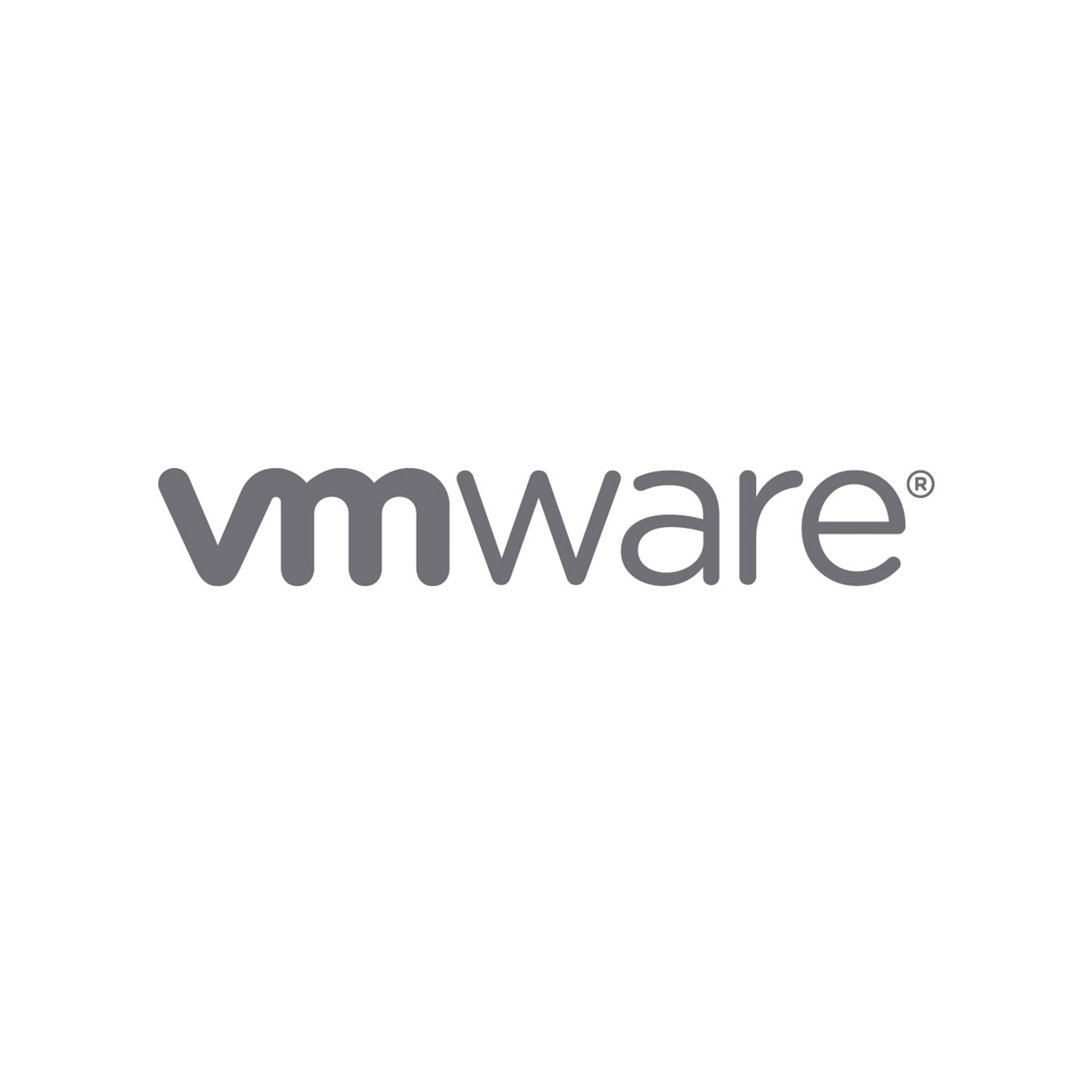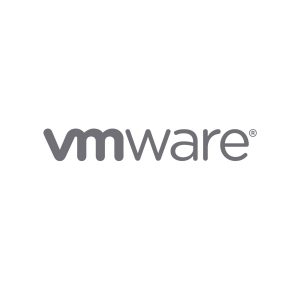Description
About This Course
This intensive, extended-hours training course focuses on installing, configuring, and managing VMware vSphere® 5.5. This course combines the content of the VMware vSphere: Install, Configure, Manage course with advanced tasks and skills for configuring a highly available and scalable virtual infrastructure. The course is based on VMware ESXi™ 5.5 and VMware® vCenter Server™ 5.5. Completion of this course satisfies the prerequisite for taking the VMware Certified Professional 5 exam.
Prerequisites
- System administration experience on Microsoft Windows or Linux operating system
-
Understanding of concepts presented in the VMware Data Center Virtualization Fundamentals course for VCA-DCV certification
Course Objectives
At the end of the course, you should be able to do the following:
- Configure and manage ESXi networking and storage
- Create, configure, migrate, manage, and monitor virtual machines and virtual appliances
- Manage user access to the VMware virtual infrastructure
- Use vCenter Server to monitor resource usage
- Implement VMware vSphere® High Availability and vSphere® Fault Tolerance (FT)
- Use host profiles to manage ESXi configuration compliance
- Use vSphere distributed switches to scale networking
- Use prolicy-driven storage and VMware vSphere® Storage DRS™ to scale storage
- Use VMware vSphere® Update Manager™ to apply ESXi patches
- Use VMware vSphere® Management Assistant (vMA) to manage vSphere
- Deploy ESXi, vCenter Server, and VMware® vCenter Server™ Appliance™
- Use VMware vSphere® ESXi™ Image Builder CLI to create an ESXi image
- Use VMware vSphere® Auto Deploy to provision ESXi hosts
Course Outline
Lesson 1: Course Introduction
-
Introductions and course logistics
-
Course objectives
Lesson 2: Software-Defined Data Center
-
Introduce virtualization and vSphere components
-
Explain the concepts of server, network, and storage virtualization
-
Describe where vSphere fits into the cloud architecture
-
Install and use vSphere user interfaces
-
Describe the ESXi architecture and configure various ESXi settings
Lesson 3: Creating Virtual Machines
-
Introduce virtual machines, virtual machine hardware, and virtual machine files
-
Deploy a single virtual machine
Lesson 4: VMware vCenter Server
-
Introduce vCenter Server architecture
-
Introduce vCenter Server Appliance
-
Install and configure vCenter Server Appliance
-
Using the VMware vSphere® Web Client
-
Configuring VMware® vCenter™ Single Sign-On™
-
Manage vCenter Server inventory objects and licenses
Lesson 5: Configuring and Managing Virtual Networks
-
Describe, create, and manage a standard switch
-
Describe and modify standard switch properties
-
Describe the NIC teaming of a standard switch port group
Lesson 6: Configuring and Managing Virtual Storage
-
Introduce storage protocols and device names
-
Configure ESXi with iSCSI, NFS, and Fibre Channel storage
-
Create and manage VMware vSphere® VMFS datastores
-
Introduce VMware® Virtual SAN™ datastores
Lesson 7: Virtual Machine Management
-
Use templates and cloning to deploy virtual machines
-
Modify and manage virtual machines
-
Create and manage virtual machine snapshots
-
Perform VMware vSphere® vMotion® and VMware vSphere® Storage vMotion® migrations
-
Create a VMware vSphere® vApp™
Lesson 8: Access and Authentication Control
-
Control user access through roles and permissions
-
Discuss ESXi host access and authentication
-
Integrate ESXi with Active Directory
Lesson 9: Resource Management and Monitoring
-
Introduce virtual CPU and memory concepts
-
Describe methods for optimizing CPU and memory usage
-
Configure and manage resource pools
-
Use vCenter Server performance graphs and alarms to monitor resource usage
Lesson 10: High Availability and Fault Tolerance
-
Explain the vSphere HA architecture
-
Configure and manage a vSphere HA cluster
-
Set vSphere HA advanced parameters
-
Enable vSphere FT on a virtual machine
-
Describe VMware vSphere® Replication
Lesson 11: Network Scalability
-
Create, configure, and manage vSphere distributed switches, network connections, and port groups
-
Discuss distributed switch features, such as private VLANs, discovery protocols, VMware vSphere® Network I/O Control, NetFlow, and port mirroring
Lesson 12: Host Scalability
-
Use host profiles to manage ESXi configuration compliance
-
Configure and manage a VMware vSphere® Distributed Resource Scheduler™ cluster
-
Configure Enhanced vMotion Compatibility
-
Use vSphere HA and vSphere DRS together
Lesson 13: Storage Scalability
-
Describe VMware vSphere® Storage APIs – Array Integration and Storage Awareness
-
Explain policy-driven storage
-
Add a storage policy to a virtual machine storage profile
-
Introduce VMware vSphere® Storage I/O Control
-
Create a datastore cluster
-
Configure Storage DRS
Lesson 14: Patch Management
-
Use vSphere Update Manager to manage ESXi patching
-
Install vSphere Update Manager and the vSphere Update Manager plug-in
-
Create patch baselines
-
Scan and remediate hosts
Lesson 15: VMware Management Resources
-
Describe vSphere Management Assistant
-
Configure vSphere Management Assistant
-
Discuss the VMware vSphere® Command-Line Interface command set
-
Perform command-line operations for host management, network management, storage management, and performance monitoring
Lesson 16: Installing VMware Components
-
Describe vCenter Linked Mode to manage multiple vCenter Server inventories
-
Introduce ESXi installation
-
Describe boot-from-SAN requirements
-
Describe vCenter Server hardware, software, and database requirements
-
Install vCenter Server (Windows-based)
Lesson 17: Host and Management Scalability
-
Configure and manage VMware vSphere® Distributed Power Management™
-
Use VMware vSphere® PowerCLI™
-
Use vSphere ESXi Image Builder CLIto create an ESXi installation image
-
Use vSphere Auto Deploy to deploy a stateless ESXi host
Hands-on Labs
Lab 1: Install VMware vSphere Graphical User Interfaces (GUIs)
Lab 2: Configure VMware ESXi
Lab 3: Work with Virtual Machines
Lab 4: Use VMware vCenter Server
Lab 5: Standard Virtual Switches
Lab 6: Access ISCSI Storage
Lab 7: Access IP Storage
Lab 8: Manage VMware vSphere VMFS
Lab 9: Use Templates and Clones
Lab 10: Modify a Virtual Machine
Lab 11: Migrate Virtual Machines
Lab 12: Manage Virtual Machines
Lab 13: Manage vApps
Lab 14: Access Control
Lab 15: Resource Pools
Lab 16: Monitor Virtual Machine Performance
Lab 17: Use Alarms
Lab 18: Use vSphere High Availability (HA)
Lab 19: Configure VMware vSphere Fault Tolerance
Lab 20: vSphere Distributed Switches
Lab 21: Port Mirroring
Lab 22: vSphere Distributed Resource Scheduler
Lab 23: Work with Host Profiles
Lab 24: Profile-Driven Storage
Lab 25: Manage Datastore Clusters
Lab 26: VMware vSphere Update Manager
Lab 27: Use VMware vSphere Management Assistant (vMA)
Lab 28: Using Image Builder
Lab 29: Configure VMware vSphere Auto Deploy on a Windows vCenter Server System
Who Should Attend
-
Solution architects
-
System Engineers
-
Network Engineers
-
Network Administrators
-
vSphere Administrators
-
Storage Administrators
-
System administrators
-
VCP Candidates


